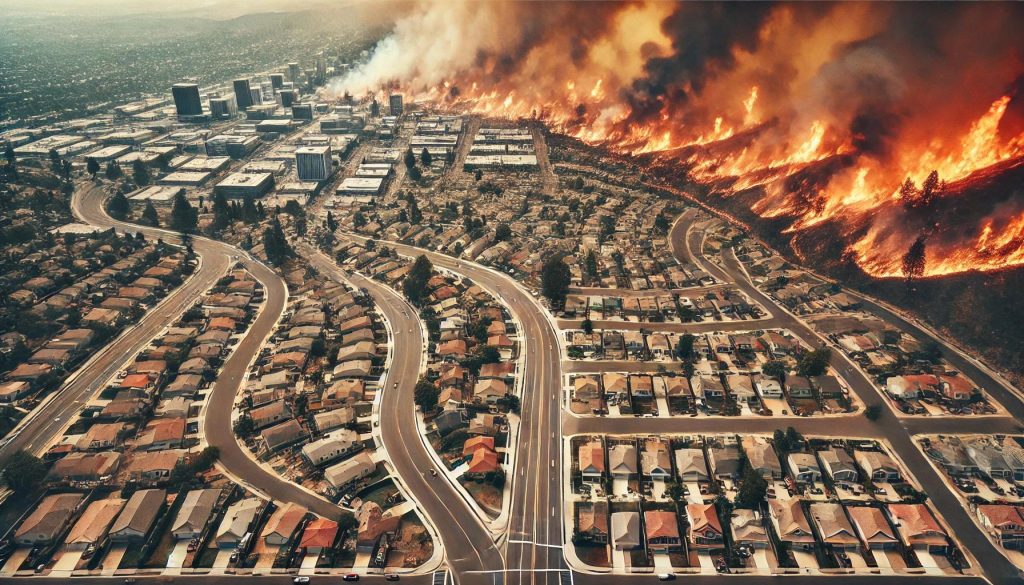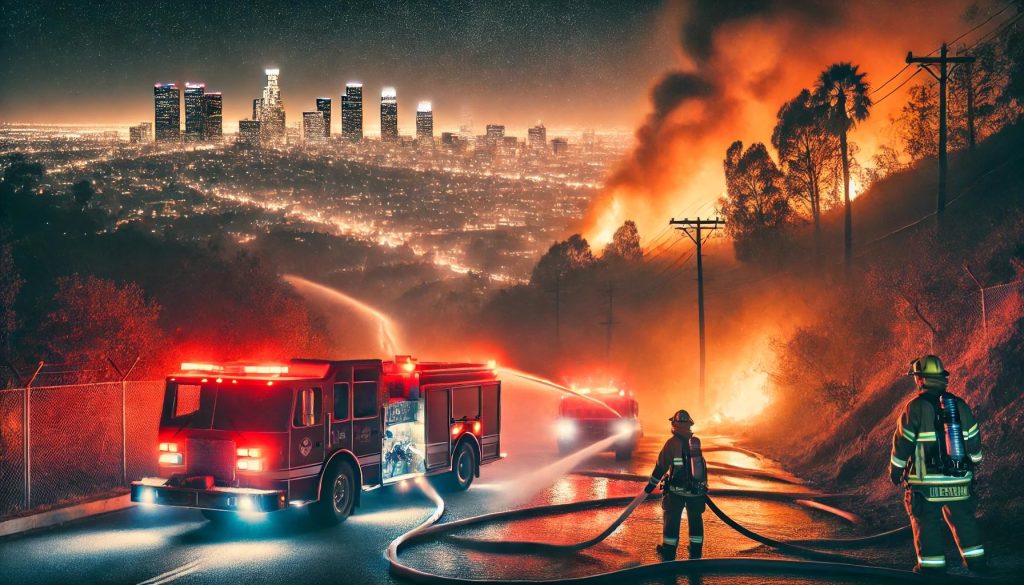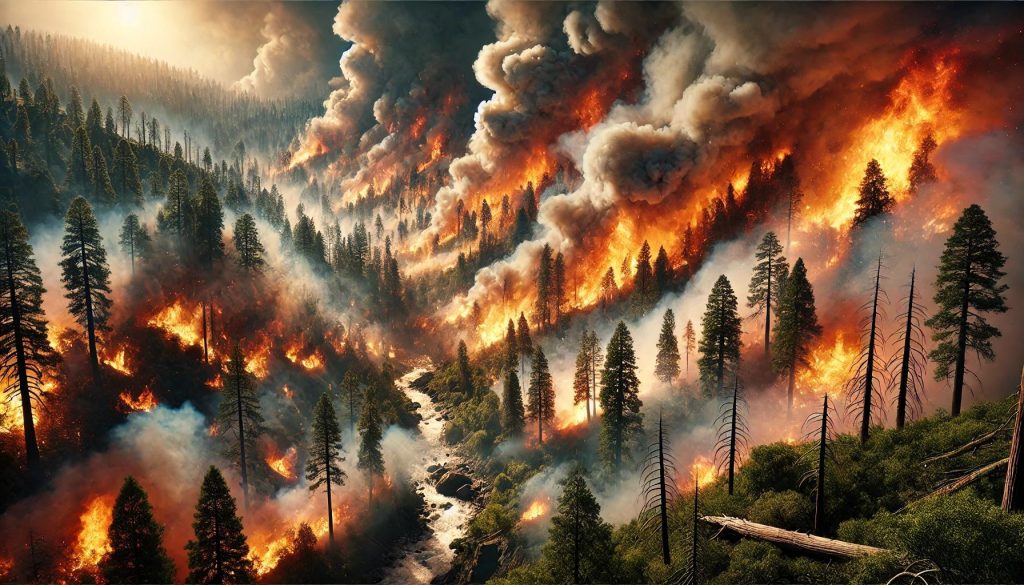Los Angeles has faced a harrowing start to the year with a series of wildfires wreaking havoc across the region. These fires—spanning neighborhoods from the Hollywood Hills to Encino—have claimed lives, destroyed properties, and scarred iconic landscapes. This post delves into the details of the ongoing fires and their widespread impact.
The Fires at a Glance
Palisades Fire
The Palisades Fire began in the Pacific Palisades and quickly became one of the most destructive in Los Angeles history. It has burned over 23,700 acres, destroying more than 1,200 structures and damaging many more. Tragically, eight lives have been lost, and thousands of residents have been displaced.
Eaton Fire
In Altadena and Pasadena, the Eaton Fire has consumed approximately 14,100 acres. With over 2,700 structures destroyed and 329 damaged, this fire has devastated communities. It has also led to 16 reported fatalities, making it one of the deadliest fires in recent history.
Hollywood Hills Fire
The Hollywood Hills Fire erupted in one of the city’s most famous neighborhoods, threatening landmarks and homes alike. This fire has burned through 9,800 acres, destroying at least 350 structures and forcing evacuations in densely populated areas. The flames even came dangerously close to Griffith Observatory and the Hollywood Sign.
Encino Fire
The Encino Fire, though smaller, has proven equally destructive. Burning over 5,600 acres, it has destroyed 120 homes and caused extensive smoke damage throughout the San Fernando Valley. Thankfully, firefighters have contained 65% of this blaze, offering hope to the affected residents.

Contributing Factors
The fires have been exacerbated by a combination of natural and human-made factors:
- Drought Conditions: Years of insufficient rainfall have left vegetation dry and highly flammable.
- Santa Ana Winds: Winds reaching speeds of 100 miles per hour have fanned the flames, making firefighting efforts incredibly challenging.
- Climate Change: Rising temperatures have extended wildfire seasons and increased their intensity.
The Toll on Communities
These fires have displaced over 250,000 residents, many of whom face uncertain futures. Relief shelters are struggling to accommodate evacuees, while power outages and road closures complicate recovery efforts. The fires have also inflicted billions of dollars in damages, with many residents losing their homes, businesses, and livelihoods.
Environmental and Cultural Impact
Wildfires not only destroy properties but also devastate ecosystems and landmarks:
- Environmental Damage: Thousands of acres of forested land and wildlife habitats have been destroyed.
- Historic Sites: The Hollywood Hills Fire came dangerously close to Griffith Park, threatening both wildlife and cultural landmarks like the Hollywood Sign.
- Air Quality: The fires have led to severe air pollution, with hazardous smoke spreading across Southern California.
Firefighting Efforts
Firefighters from across the state are working tirelessly to contain these blazes. Over 5,000 personnel are deployed, utilizing aircraft, bulldozers, and ground crews. However, the strong winds and rugged terrain make their efforts arduous. Donations and volunteer support have been critical in providing supplies and resources to these brave individuals.

How You Can Help
The scale of these wildfires requires collective action. Here’s how you can assist:
- Donate to Relief Funds: Organizations like the Red Cross and California Fire Foundation are providing aid to victims and first responders.
- Volunteer Locally: Help at evacuation centers or distribute supplies to affected communities.
- Spread Awareness: Share verified information to ensure people stay informed and prepared.
Conclusion
The Los Angeles wildfires serve as a stark reminder of the challenges posed by climate change and urban sprawl. As firefighters work to bring these infernos under control, communities must come together to support those affected and advocate for sustainable practices to mitigate future disasters.
For up-to-date information and resources, visit CAL FIRE or Los Angeles Emergency Management.
With coordinated efforts and resilience, Los Angeles can recover and rebuild from this challenging chapter.

